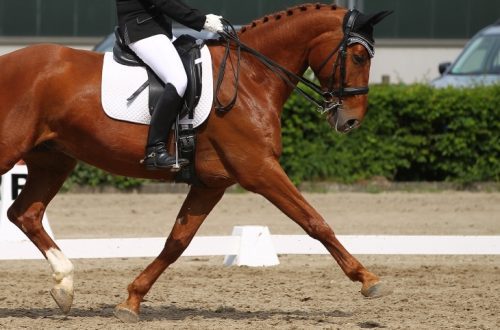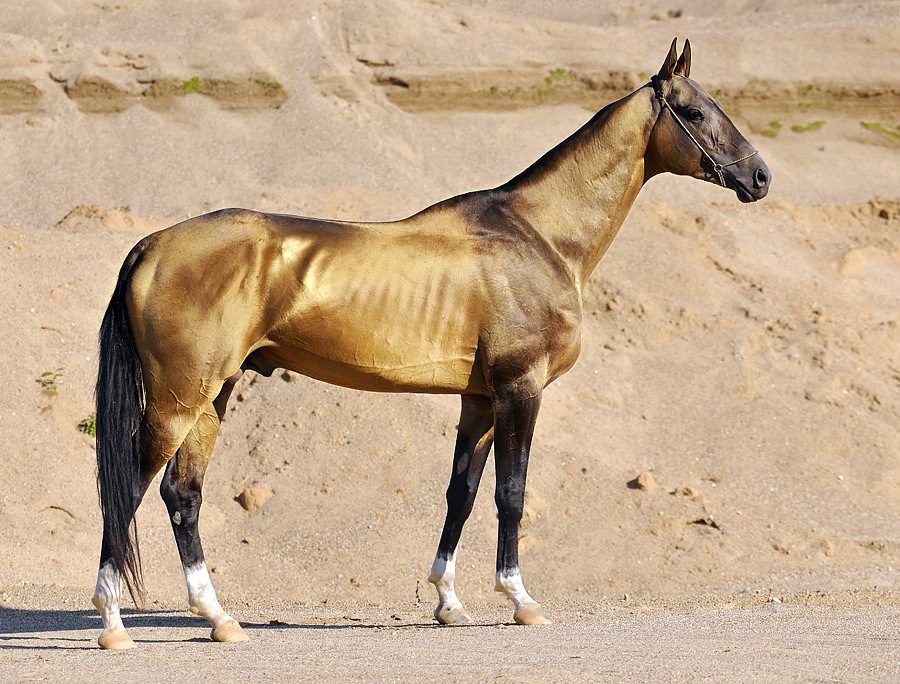
Akhal-Teke horse
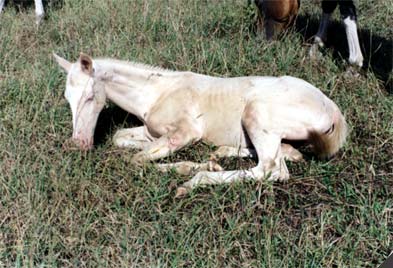
In the equestrian world, the purebred Akhal-Teke horse stands apart among the world’s horse breeds, dividing horsemen into fanatically devoted admirers or equally emotional enemies of their talents. Most athletes, admiring the grace and strength of Akhal-Teke horses, are in no hurry to use them in sports, explaining this by their difficult nature. To the question: “Why is this so?”, We asked one of the leaders of the stud farm to answer. Vladimir Shamborant, one of the best students of the Great breeder, V.P. Shamborant – Galimov Sharip Yakubovich, who has been working with the breed since 1970.
The Akhal-Teke horse has no analogues in the world with its beauty, elegance, correct exterior, variety of colors, wide range of possibilities, emphasis on the outlines of the lines. If we briefly imagine the Akhal-Teke horse, then it can be described as light, very mobile, temperamental, hard-working, curious, wanting to be present in all the surrounding circumstances and events.
With all the negative attitude towards the use of Akhal-Teke horses in equestrian sports by some impatient and insufficiently professional riders and trainers, the statistics conducted at the All-Russian Research Institute of Horse Breeding puts the breed among the most successful horse breeds in the world. In the time foreseeable to contemporaries, the breed put forward outstanding representatives:
- Champion of Russia in triathlon 1997 zher. Mansour;
- Repeated champion of Russia in show jumping. Penteli;
- Olympic champion in dressage Absent;
- The winner of the 120-kilometer run along the Moscow ring road zher. Peikam and many others.
What is the reason for such a rare presence of Akhal-Teke horses in sports arenas?
- The breed is very small. There are about 1200 queens in the whole world.
- Remoteness of stud farms from sports centers. In breeding areas (especially in Turkmenistan), the main focus is on the development of racing.
- Lack of professional coaches and athletes.
- The history of modern horse breeding, especially since the infamous decree of Khrushchev, was not aimed at the development, but at the survival of the Akhal-Teke horse.
- Relatively high cost, inaccessible to most athletes.
And yet, some horses, far from the best, somehow ended up in sports centers and, having got to professional equestrians, showed excellent results.
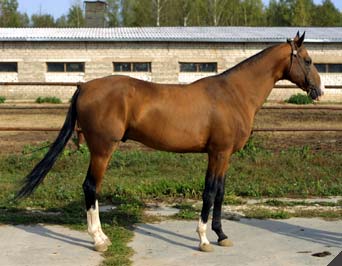
The rider, who has taken the Akhal-Teke horse under him, is faced with its thinking, sometimes fidgety character, demanding respect and tolerance. When confronted, they often make hasty conclusions not in favor of the Akhal-Teke. It is an axiom that the Tekin is a frisky, explosive horse, at the same time very hardy, with a quickly recovering energy. It would be foolish to expect that it can be quickly tired out, “knocked out of her soul” and through this quickly achieve compliance. The standard set of loads and requirements for Tekinsu is not enough. Not having a large height, the Akhal-Teke horse is able to jump very high (record 2,20 women. Arab). What the Teke lacks in height, it makes up for with self-confidence and flexibility, and a strong, sometimes difficult character helps develop the horse’s confidence in overcoming the tasks proposed to it. It depends on the trainer how he will be able to set the horse not to resist the rider, but, on the contrary, to direct its strong character in the right direction. A strong character is a compensation for her lack of size. For example, in the 80s, the stallion Gerey from Harem and Golubka, literally thrown out of the racing train of the department not only for not wanting to ride, but for not wanting to simply move under the rider in the right direction, showed miracles, overcoming obstacles without fail in serious show jumping, 100% using your natural resources. The key to this was the patience of the athlete, who began work by establishing contacts, mutual respect with the horse, and, bringing him closer to himself, managed to direct his skittish nature to work. The Akhal-Teke horse non-standardly responds to the rider’s set of requirements with a bouquet of peculiar behavior. The Tekinian is able to subtly understand and react to the ill-conceived influence of the rider on him.
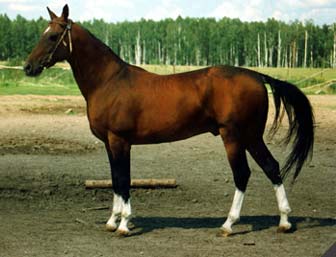
The negative image of the Akhal-Teke horse among athletes was facilitated by its late maturity, often as a result of insufficient maintenance, not to mention the lack of individual feeding at stud farms, especially in Soviet times. Late ripening is the most vulnerable place of the Akhal-Teke. You need to fight this with the help of organizing the maintenance of horses at the European level. Here lies a great reserve of sports opportunities. It must be honestly said that never in the foreseeable past the Akhal-Teke horse was kept in abundance in its greater mass.
The Akhal-Teke horse has a natural ability to move quickly and for a long time, and this is its great ability to run. In this type of equestrian sport, in addition to a good cardiovascular system, a very important role is played by the strength of the exterior, the size of the horse and the economy of the move, that is, the correct leg extension. The Tekinian has a short metacarpus and a long forearm, a narrowish but rather deep chest and a very high set neck and head. With a set of these qualities, the Akhal-Teke horse allows itself to walk very economically, without swaying, without making jumping movements during movement, and, what is especially important, carry the leg very low, as if sliding on the surface. As a rule, horses of other breeds, having differences in appearance from Akhal-Teke horses, at first glance, have advantages in chest girth, body volume and look so strong, but as soon as they start moving, it is immediately clear that their move is high, swaying, hopping. In this case, in addition to the large expenditure of energy during movement, the entire musculoskeletal system is more loaded. In particular, in the presence of movement with a jumping move and high leg extension, these hit the ground harder. And with a long movement, as a result, the hooves, joints, tendons suffer, and the horse experiences great stress and, as a result, the passage of the distance is achieved with great effort. A vivid example is the 1999 run around Moscow along the Moscow Ring Road for 120 km. Of the eleven participants, only five coped with the route, and three of them were Akhal-Teke horses. At the same time, Tekinsky zher. Peykam became the winner of this marathon, and cob. Melana became the winner of the “Best condition” competition the next day.
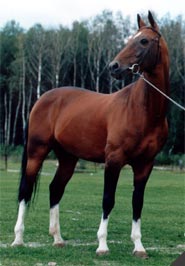
I would like to hope that these reflections will help dispel some of the prejudices of our readers about the athletic capabilities of the Akhal-Teke horse. Moreover, the changes that have taken place in the rules for a number of equestrian disciplines will force athletes to reconsider their views on a sports horse.




